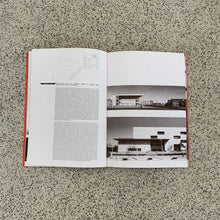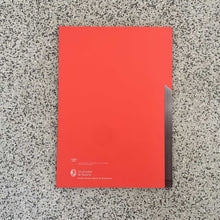
EDITOR: AA.VV.
DIMENSIONS:
29,7 x 21 cm
PAGES:
47
PUBLISHER:
ETS ARQUITECTURA. NAVARRA University
DISTRIBUTOR:
Editorial T6)
"Architectures of Author" is the title of a series of publications focused on professional current events. This series accompanies the corresponding cycles of exhibitions and conferences organized each year in Pamplona, in collaboration with the Delegation in Navarra of the Official College of Basque-Navarre Architects and the Technical School of Architecture at the University of Navarra.
The experience aims to promote an approach to the panorama of contemporary architecture that is deduced from attention to the trajectory of its accredited representatives: an approach that acts and imposes itself inevitably as a frame of reference and critical for academic life and the reality of the construction profession within the complex dynamics of the market.
Its purpose is to bring together - and contribute to formulating and disseminating - the concerns that mark the work of some of the recognized figures of the moment, with the idea that it is precisely this work that puts them on display as they try to respond to them. It wants to constitute, in this way, a forum for debate centered on the concerns and investigations of the avant-garde: a platform for access to the historical pulse of the design discipline and the impact of its latest vicissitudes in the field of building. For this reason, it insists on the moments of study, reflection, and analysis, without theoretical preconceptions or universal validity scripts; hence, it sometimes proposes to explore less conventional scenarios and paths: bringing together names of young architects with those of already established architects, going from a general review of an author's work to the study of a much more determined and limited series of projects from another - based on a specific thematic interest or eventual circumstantial conveniences - and, in any case, trying to avoid emulating the collections of professional monographs typical of other initiative instances in the publishing and editorial realms.
The series, in conclusion, is published with the aim of becoming accredited for its ambition and solvency and reaching its desired levels of interest and vibration, confident in the energy previously enclosed in the conclusion that it was predicting from the beginning (a conclusion that its own name evokes in a paradoxical tone, undoubtedly complicit): that all architecture is by an author; that the architecture of an author is, in the end, simply Architecture.









